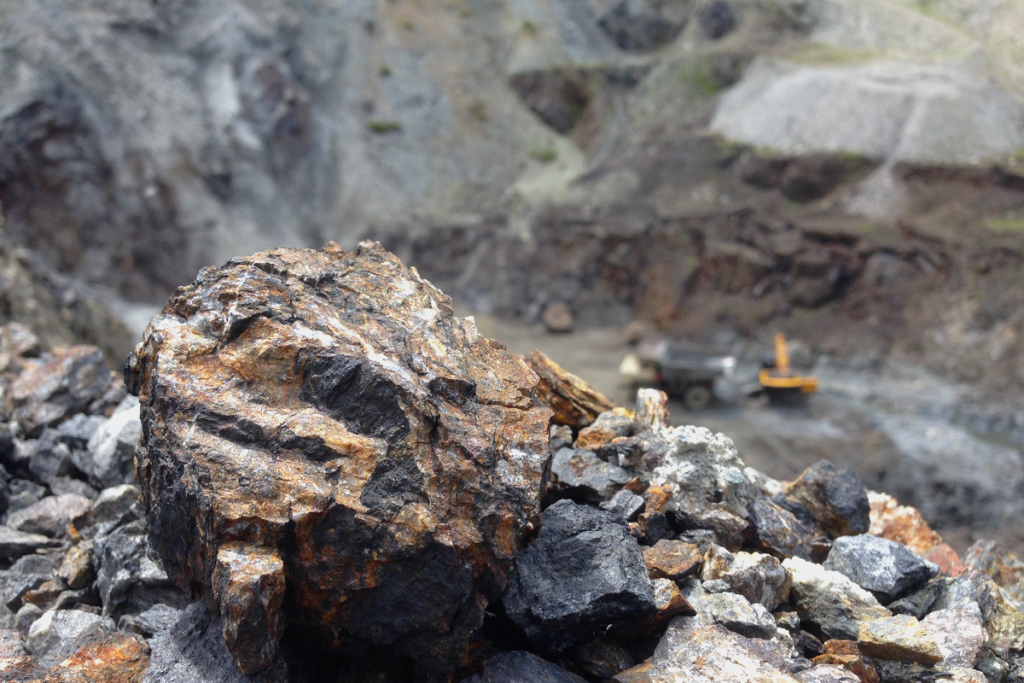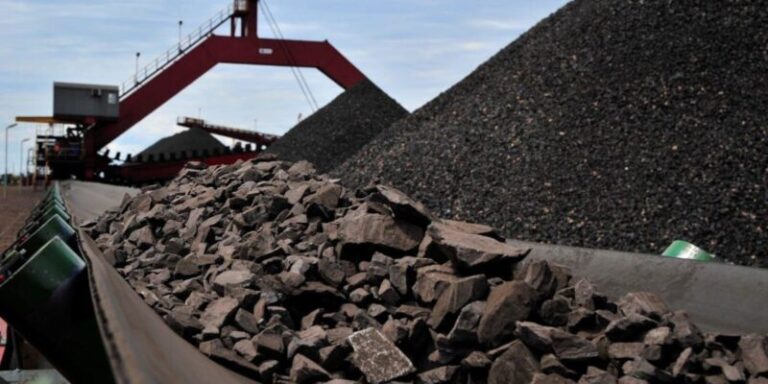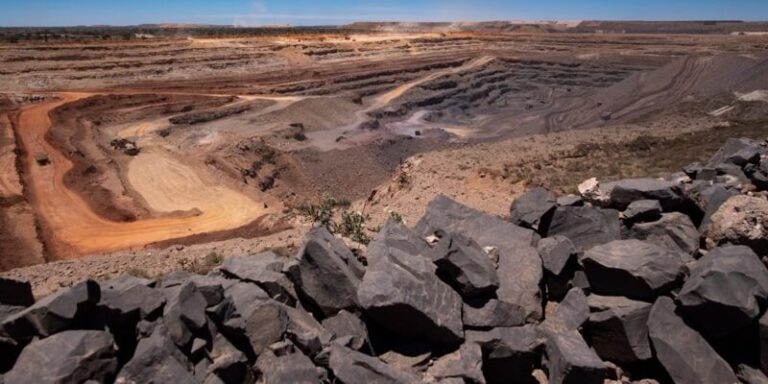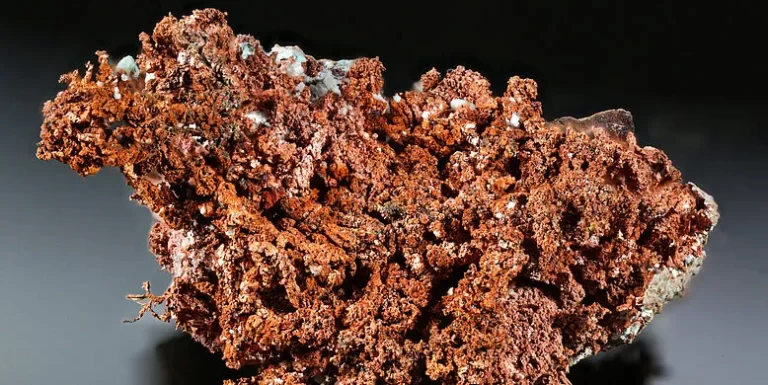
Manganese, symbolized as Mn in the periodic table, is a chemical element renowned for its wide-ranging applications and vital role in various industrial sectors.
From steel production and energy storage to environmental remediation and human health, manganese’s versatility makes it an indispensable resource.
In this article, we explore the abundance of manganese on Earth, shedding light on its distribution, sources, and significance.
Abundance and Distribution: Manganese ranks as the 12th most abundant element in the Earth’s crust, with an average concentration of approximately 0.1%. While it is not as abundant as iron or aluminum, its widespread occurrence ensures a stable supply.
Manganese-rich ores can be found in numerous geological settings, including sedimentary, igneous, and metamorphic environments.
The majority of the world’s manganese deposits are found in four major regions: the Kalahari Manganese Field in South Africa, the Transvaal Basin in Gabon, the Odisha District in India, and the Postmasburg District in South Africa.
These regions are characterized by the presence of high-grade manganese ore formations, making them key sources for global manganese production.
Sources and Mining: Manganese is primarily obtained from the mining and processing of manganese ores. The main ores include pyrolusite (MnO2), psilomelane (Ba,H2O)2Mn5O10, and rhodochrosite (MnCO3).
These ores typically occur as nodules or layers within sedimentary rocks, requiring mining techniques such as open-pit or underground operations to extract them.
Once mined, manganese ores undergo beneficiation processes, including crushing, grinding, and magnetic separation, to obtain manganese concentrates.
Subsequently, smelting or leaching techniques are employed to refine the concentrates into pure manganese metal or high-purity manganese compounds suitable for specific applications.
Significance and Applications: Manganese’s significance extends across multiple sectors due to its exceptional properties.
One of its primary applications lies in the steel industry, where manganese is a vital alloying element that imparts strength, toughness, and wear resistance to steel.
It is estimated that around 90% of global manganese consumption is attributed to steel production.
Moreover, manganese finds extensive use in energy storage systems, particularly in rechargeable lithium-ion batteries.
As a key component in the cathode material, manganese enables high energy density, stability, and improved cycling performance.
The growing demand for electric vehicles and renewable energy storage has significantly increased the need for manganese in recent years.
Additionally, manganese plays a crucial role in environmental remediation, serving as a catalyst in various industrial processes.
It aids in the removal of pollutants such as sulfur and nitrogen compounds from fuel, reducing emissions and promoting cleaner energy sources.
Manganese-based catalysts are also employed in water treatment to remove contaminants and in the production of plastics, fertilizers, and ceramics.
Health and Nutrition: Manganese is an essential nutrient for human health and is involved in numerous physiological processes.
It plays a vital role in enzyme activation, bone development, and the metabolism of carbohydrates, amino acids, and cholesterol.
A balanced intake of manganese through dietary sources, such as whole grains, legumes, and nuts, is crucial for maintaining overall well-being.
The abundance of manganese on Earth, though not as abundant as some other elements, is sufficient to meet the demands of various industries.
With its versatile properties and widespread occurrence, manganese plays an indispensable role in steel production, energy storage, environmental remediation, and human health.
As we continue to harness its potential and explore new applications, the importance of this element in shaping our modern world cannot be overstated.








